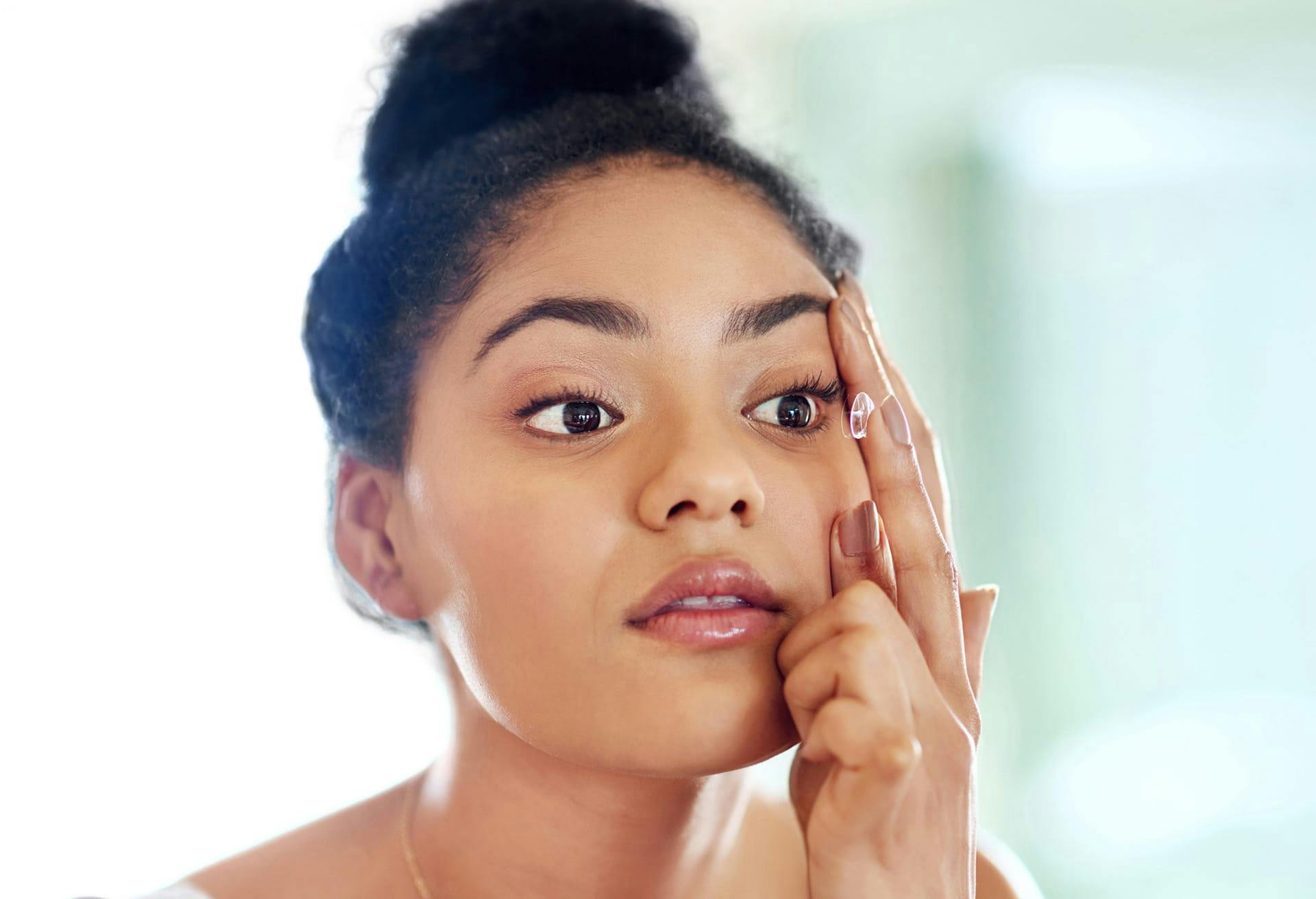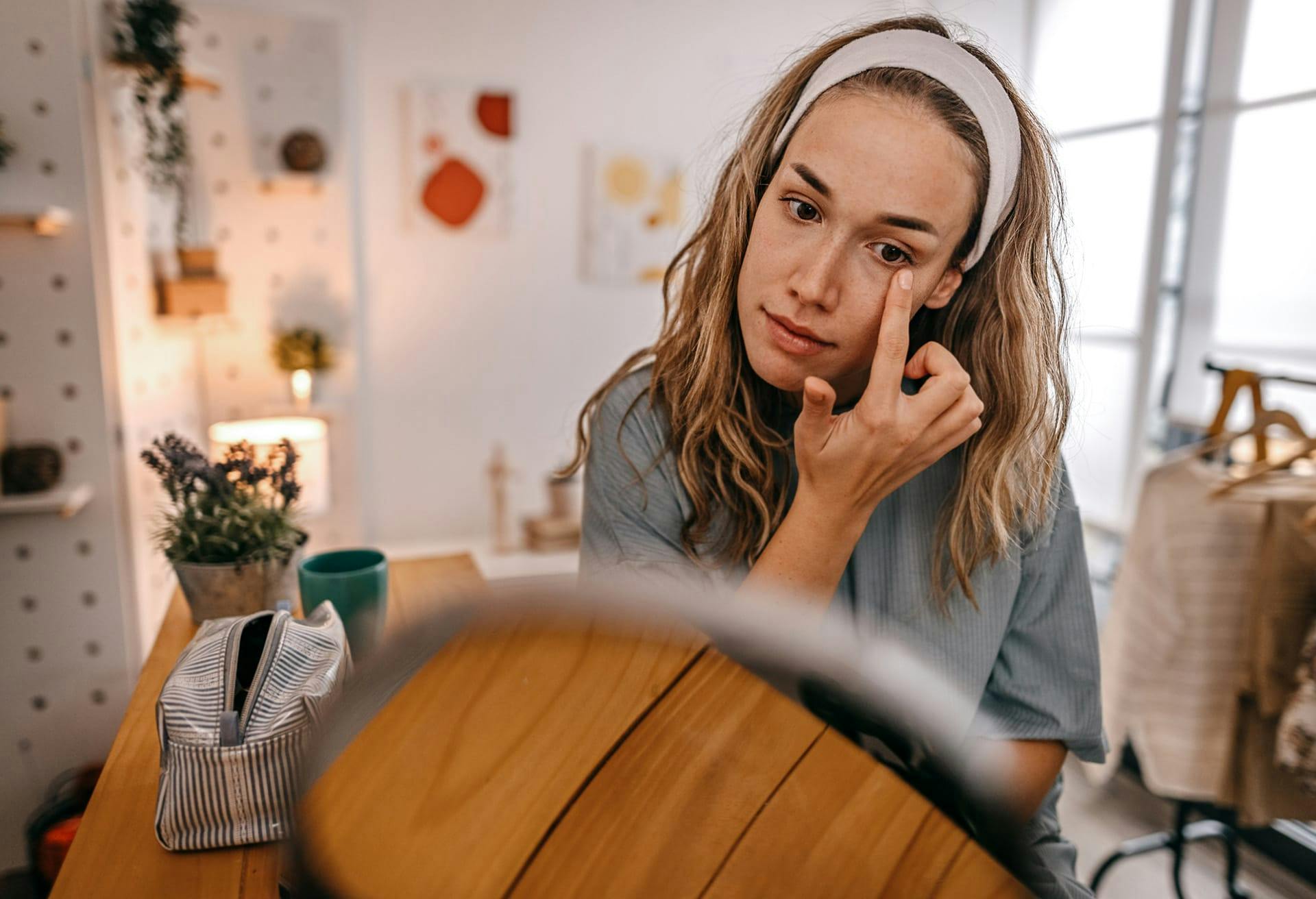Contact lenses are medical devices that interact directly with the ocular surface of the eye. At Chicago Cornea Consultants, Ltd., we provide exceptional care to ensure that you obtain the best possible vision with contact lenses that fit appropriately and maximize your ocular health.
Established in 1986 and serving Chicago, Crystal Lake, Hoffman Estates, and Highland Park, Chicago Cornea Consultants, Ltd. is a trusted, gold-standard eye care practice that utilizes among the most advanced technology currently on the market to provide clear, consistent, reliable vision to countless patients.
We understand that seeing well is not just about being able to accomplish life’s basic tasks. It is about the possibility of creating meaningful memories with friends, family, and loved ones, and savoring every day to its fullest, enjoying all your favorite hobbies, travel, sports, and events.
Our six board-certified ophthalmologists act as global trainers, educating the brightest minds of tomorrow in their innovative approach. They are regularly featured in the industry’s most trusted journals, podcasts, and magazines and have consistently been named Chicago Magazine’s “Top Doctors in Chicago.”







